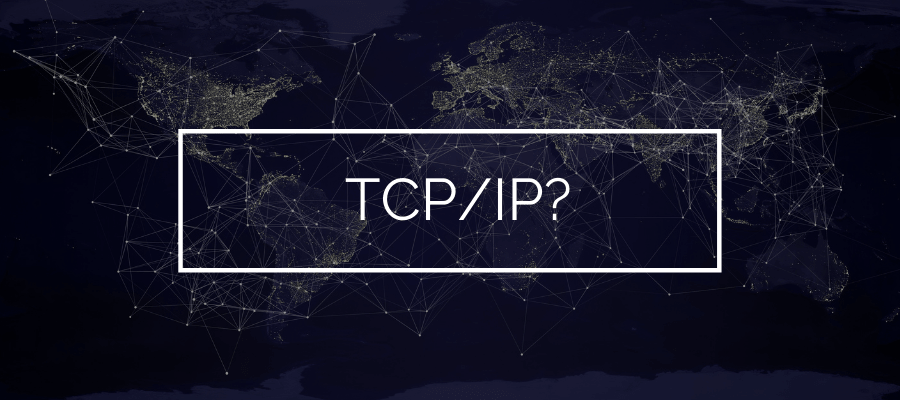If you’re asking yourself: “what is TCP/IP and how does it work?” and you don’t have 3 years of your life spare to read heavy books then this post is for you!
Here I’ll cover the basics of TCP/IP for beginners.
This is a HUGE topic which is made up of several sub-topics and for this reason I’ll point to other relevant posts throughout this one.
If you want to know how your Facebook statuses are updated, your Snapchat’s are seen, or your Instagram feed is sent to your over-priced iphone, then read on to learn about TCP/IP and understand just how our computer networks work.
So, because our entire planets digital network infrastructure is built upon TCP/IP then if you learn everything you can about the subject here, you will understand almost anything you come across in Information Technology.
TCP/IP is like the holy grail if you are looking to study anything from networking with Cisco’s CCENT/CCNA, CompTIA Network+, setting up any Local Area Networks at home or even on a bigger scale, configuring servers, connecting Windows boxes to the internet or configuring and troubleshooting Linux, penetration testing.. everything!
That being said, there’s a lot that is going on here in TCP/IP and I won’t be going in to depth on any of it right here.
My plan is to give you an overview of everything, but as time goes on I will be writing up individual posts about each topic and then I will link them here so bare with me on this one.
You will thank yourself for studying this in time to come.
